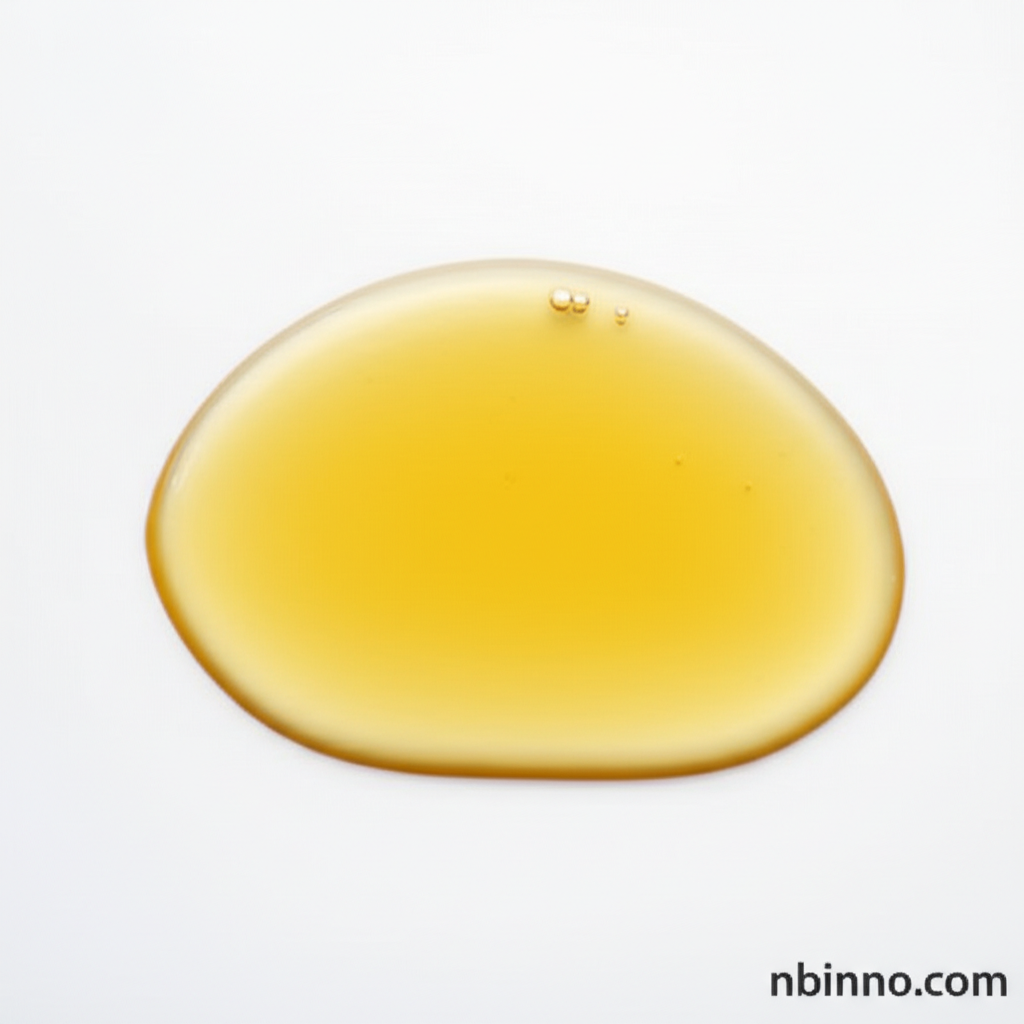3-Pyridinecarboxaldehyde: A Versatile Chemical Intermediate
Discover the essential role of 3-Pyridinecarboxaldehyde in pharmaceuticals, agrochemicals, and fine chemical synthesis.
Get a Quote & SampleProduct Core Value

3-Pyridinecarboxaldehyde
3-Pyridinecarboxaldehyde, also known as nicotinaldehyde or 3-formylpyridine, is a critical organic intermediate with broad applications. Its unique chemical structure and reactivity make it an indispensable component in the synthesis of a diverse range of valuable compounds.
- Leveraging its reactivity with amines, alcohols, and hydrazines is key for producing advanced agrochemical intermediates.
- Explore the pharmaceutical synthesis applications of 3-Pyridinecarboxaldehyde for creating novel therapeutic agents.
- Understand the chemical properties of 3-formylpyridine to optimize synthesis routes for fine chemicals.
- The role of nicotinaldehyde as a component in tobacco smoke highlights its unique industrial applications.
Key Advantages
Versatile Synthetic Building Block
As a key intermediate, 3-Pyridinecarboxaldehyde offers exceptional versatility in organic synthesis, enabling the creation of complex molecules for various industries.
Pharmaceutical & Agrochemical Applications
Its application in the pharmaceutical and agrochemical sectors is significant, contributing to the development of new drugs and crop protection agents.
Niacin Activity
The compound's intrinsic niacin activity makes it relevant in biochemical studies and applications related to vitamin B3 derivatives.
Key Applications
Pharmaceutical Synthesis
Used as a crucial intermediate in the production of various pharmaceuticals, including potential anti-inflammatory and anti-cancer agents.
Agrochemical Development
A vital building block for synthesizing pesticide intermediates and other compounds essential for crop protection and pest control.
Fine Chemical Manufacturing
Its reactive nature makes it suitable for the synthesis of diverse fine chemicals and heterocyclic compounds.
Specialty Chemical Applications
The compound's unique properties lend themselves to various specialty chemical applications, including its presence as a component in tobacco smoke.
